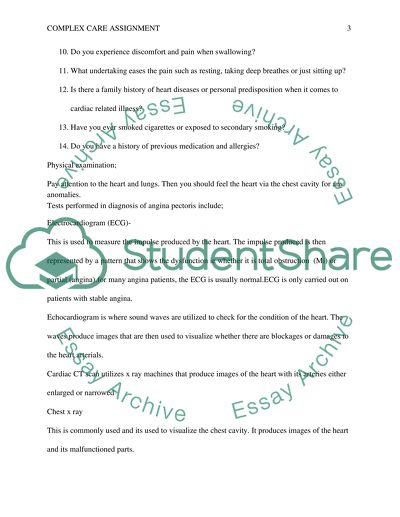Cite this document
(“Complex Care Assignment Case Study Example | Topics and Well Written Essays - 1250 words”, n.d.)
Retrieved from https://studentshare.org/nursing/1660107-complex-care-assignment
Retrieved from https://studentshare.org/nursing/1660107-complex-care-assignment
(Complex Care Assignment Case Study Example | Topics and Well Written Essays - 1250 Words)
https://studentshare.org/nursing/1660107-complex-care-assignment.
https://studentshare.org/nursing/1660107-complex-care-assignment.
“Complex Care Assignment Case Study Example | Topics and Well Written Essays - 1250 Words”, n.d. https://studentshare.org/nursing/1660107-complex-care-assignment.


